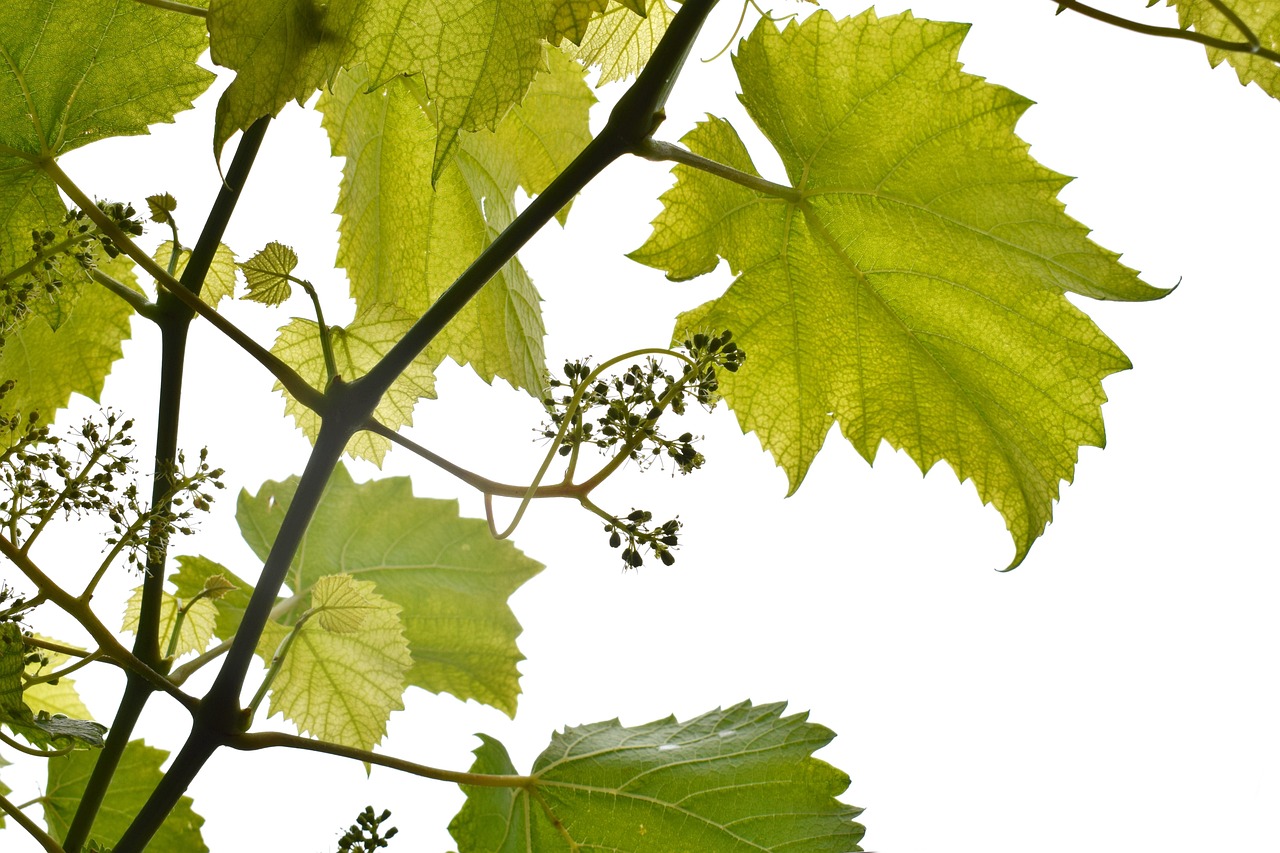What are Sustainable Agriculture Methods?

- What are Sustainable Agriculture Methods?
- What are Sustainable Agriculture Methods?
- Soil Health Management
- Cover Cropping and Crop Rotation
- Composting and Organic Matter
- Reduced or No-Till Farming
- Water Conservation and Management
- Efficient Irrigation Techniques
- Rainwater Harvesting
- Drought-Resistant Crops
- Integrated Pest Management
- Biological Control
- Crop Diversity and Rotation
- Livestock Management in Sustainable Agriculture
- Rotational Grazing
- Manure Management
- Conclusion

What are Sustainable Agriculture Methods?
Our global food system faces a monumental challenge: feeding a growing population while safeguarding the planet’s resources. This requires a fundamental shift towards sustainable agriculture, a set of practices that nourish both people and the environment. Sustainable agriculture isn’t a single technique but rather a holistic approach that integrates ecological principles with farming practices. It aims to enhance soil health, minimize pollution, conserve water, and support biodiversity, all while ensuring a stable and profitable agricultural system for future generations. Embracing sustainable agriculture methods is no longer a choice but a necessity for a food-secure and environmentally sound future.

Soil Health Management
Cover Cropping and Crop Rotation
Cover crops are planted primarily to improve soil health, not for harvest. They prevent erosion, suppress weeds, and enhance soil fertility. Crop rotation involves systematically changing the types of crops planted in a field over time. This practice helps to break pest cycles, improve soil structure, and optimize nutrient utilization.
By integrating cover crops and crop rotation, farmers can significantly reduce the need for synthetic fertilizers and pesticides. These practices mimic natural ecosystems, creating a more resilient and productive agricultural landscape.
The benefits extend beyond the field, contributing to cleaner water and air, and supporting a healthier ecosystem overall.
Composting and Organic Matter
Composting is the process of decomposing organic materials, such as crop residues and animal manure, into a nutrient-rich soil amendment. Adding compost improves soil structure, water retention, and nutrient availability, fostering robust plant growth.
Increasing organic matter in the soil is a cornerstone of sustainable agriculture methods. It enhances the soil’s ability to hold water and nutrients, reducing the need for irrigation and synthetic fertilizers.
This approach creates a healthier environment for beneficial soil organisms, further contributing to a thriving ecosystem.
Reduced or No-Till Farming
No-till farming minimizes soil disturbance by planting directly into the residue of the previous crop. This practice reduces soil erosion, conserves soil moisture, and sequesters carbon, mitigating climate change.
Reduced tillage involves minimal soil disturbance, offering similar benefits to no-till farming while allowing for some weed control. Both practices contribute to improved soil health and reduced reliance on herbicides.
By minimizing soil disruption, these methods promote a healthier soil ecosystem and contribute to a more sustainable agricultural system.
Water Conservation and Management
Efficient Irrigation Techniques
Implementing efficient irrigation techniques, like drip irrigation and micro-sprinklers, delivers water directly to plant roots, minimizing water waste. These methods are crucial for conserving water resources, particularly in arid and semi-arid regions.
By targeting water delivery precisely to where plants need it, these techniques maximize water use efficiency and reduce the environmental impact of irrigation.
This approach is essential for sustainable agriculture methods in water-scarce areas.
Rainwater Harvesting
Rainwater harvesting involves collecting and storing rainwater for later use in irrigation. This practice reduces reliance on groundwater and surface water sources, promoting water conservation.
Harvesting rainwater not only conserves water but also reduces runoff and erosion, contributing to healthier watersheds.
This technique is a valuable component of sustainable agriculture, especially in regions with limited water resources.
Drought-Resistant Crops
Cultivating drought-resistant crop varieties is a key strategy for adapting to changing climate conditions. These crops require less water, reducing the pressure on water resources.
Investing in research and development of drought-resistant crops is crucial for ensuring food security in a world facing increasing water scarcity.
This approach is essential for implementing sustainable agriculture methods in a changing climate.
Integrated Pest Management
Biological Control
Biological control involves using natural enemies, such as predators and parasites, to control pest populations. This method reduces the need for synthetic pesticides, promoting a healthier ecosystem.
By harnessing the power of nature, biological control offers a sustainable and environmentally friendly approach to pest management.
This practice is a key component of integrated pest management in sustainable agriculture.
Crop Diversity and Rotation
Diversifying crops and implementing crop rotation can disrupt pest cycles and reduce pest pressure. This strategy minimizes the need for chemical interventions.
By creating a more complex agricultural landscape, crop diversity and rotation contribute to a more resilient and sustainable system.
These practices are essential for sustainable agriculture methods aimed at reducing pest-related losses.
Livestock Management in Sustainable Agriculture
Rotational Grazing
Rotational grazing involves moving livestock between different paddocks, allowing vegetation to recover between grazing periods. This practice improves pasture health, reduces erosion, and enhances carbon sequestration.
By mimicking natural grazing patterns, rotational grazing promotes a healthier and more productive pasture ecosystem.
This method is a cornerstone of sustainable livestock management.
Manure Management
Proper manure management is crucial for minimizing environmental impacts. Composting manure reduces greenhouse gas emissions and transforms it into a valuable fertilizer.
Effective manure management contributes to improved soil health and reduces water pollution.
This practice is essential for sustainable agriculture methods that integrate livestock production.
Conclusion
Transitioning to sustainable agriculture is a journey, not a destination. It requires a continuous process of learning, adapting, and innovating. By embracing these sustainable agriculture methods, we can build a more resilient and equitable food system that nourishes both people and the planet for generations to come. The benefits extend far beyond the farm, contributing to cleaner air and water, a more stable climate, and a healthier environment for all.
What is sustainable agriculture?
Sustainable agriculture is a farming approach that aims to produce food while protecting the environment, conserving natural resources, and supporting the economic viability of farms.
Why is sustainable agriculture important?
Sustainable agriculture is crucial for ensuring food security, protecting the environment, mitigating climate change, and supporting rural communities.
What are some examples of sustainable agriculture practices?
Examples include cover cropping, crop rotation, no-till farming, integrated pest management, and rotational grazing.
How can I support sustainable agriculture?
You can support sustainable agriculture by buying locally sourced food, choosing products from sustainable farms, and advocating for policies that promote sustainable agriculture.
| Sustainable Practice | Benefit |
|---|---|
| Cover Cropping | Improves soil health |
| Crop Rotation | Reduces pest pressure |
| No-Till Farming | Conserves soil moisture |
- Reduced reliance on synthetic fertilizers
- Improved water quality
- Enhanced biodiversity


